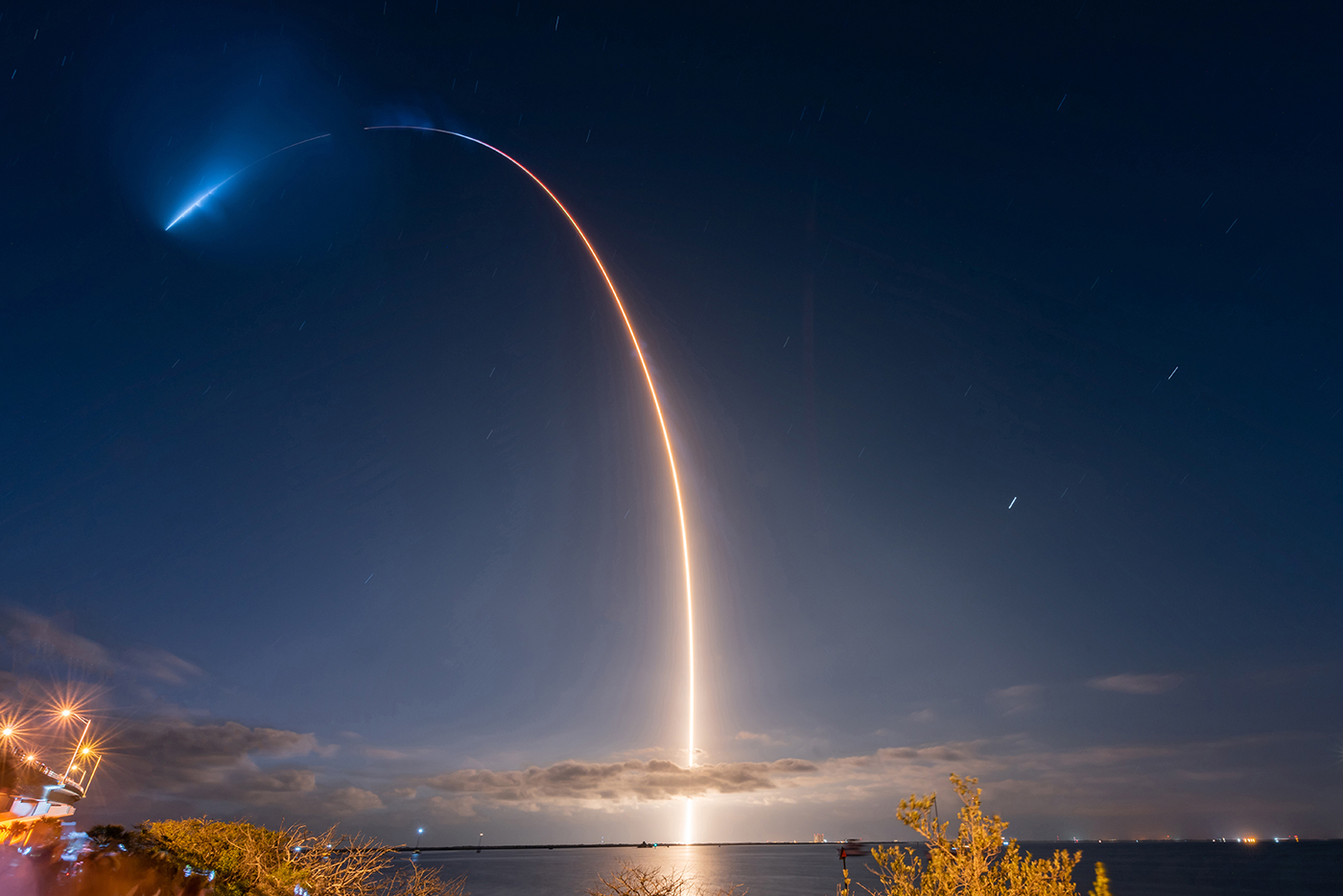The invention of useful artificial intelligence (AI), epitomized by the hype over ChatGPT, is the latest example of a basic truth about technology. There have always been many more inventions that use energy than those that can produce it. Such is the nature of progress in all domains from medicine and entertainment to information and transportation. While there’s a lot of debate, and angst, about AI’s implications for the economy, jobs and even politics, there’s no debate about the fact that it is a big deal and applications for using it are growing at a blistering pace. It’s obvious, but worth stating, that the invention of the car, for example, also ‘invented’ demand for energy to build and operate cars. Now, in the still short history of silicon chips—the engines of the information age—the arrival of AI promises an unprecedented boost to future energy demand.
At that point in history, combustion engines and cars had been around for almost four decades, and engines had become good enough in the previous decade to enable building aircraft. Also imagine a Ford engineer at that conference forecasting engine progress that would soon make it practical for widespread air travel. (Yes, a Ford engineer because that company pioneered not only aviation engines, but one of the first practical passenger aircraft, the 1925 TriMotor.i” And imagine if that engineer had suggested that global air traffic would become so common that aviation in the foreseeable future would consume nearly as much energy as the entire U.S. used in 1925 for all purposes. A year later, 1926, saw the launch of America’s first regularly scheduled, year-round commercial passenger service. The rest, as they say, is history. Fast forward to an actual conference in 2022—one that took place several months before the November unveiling of ChatGPT—where the CTO of AMD, a world-leading AI chipmaker, talked about how powerful AI engines have become and how fast they were getting adopted. He also showed a graph forecasting that by 2040, AI would consume roughly as much energy as the U.S. does today for all purposes.ii If those trends continued, AI would end up gobbling up most of the world’s energy supplies. Of course, the trends won’t continue that way, but that doesn’t change the fact that, as another engineer at AI chipmaker ARM said at that conference: “The compute demand of [AI] neural networks is insatiable.” And the growth of AI is still in the early days, equivalent to aviation circa 1925 or, in computer-history terms, to the pre-desktop 1980s era of mainframes.
Continue reading the entire piece here at Dakota Digital Review
______________________
Mark P. Mills is a senior fellow at the Manhattan Institute; a partner in Cottonwood Venture Partners, an energy-tech venture fund.
Photo by KrulUA/iStock


